
Formicarium Plaster L
$137.31

Acromyrmex octospinosus
$192.25 – $357.06Price range: $192.25 through $357.06
Acanthomyrmex thailandensis
$82.38 – $274.66Price range: $82.38 through $274.66
Worldwide shipping
Free delivery over 999 PLN
The highest quality of goods
Live delivery guarantee
24/7 Personal Support
Fair Prices
Description
Acanthomyrmex thailandensis is a species of ant that is polygynous and has colonies of up to 1000 workers. The development rate is medium and the ants vary in size, with the queens measuring 4-6 mm, workers measuring 3-4 mm, and majors measuring 5-8 mm. They are brown-red in color and their nutrition includes food insects, syrup, fruit, vegetables, jelly, and cooked chicken.
Additional information
| Behavior | |
|---|---|
| Difficulty in breeding | |
| Origin | |
| The size of ants | |
| Wintering |
Description
Acanthomyrmex thailandensis Ant Colony
Colony type: Polygyny
Colony size: up to 1000 workers
Development rate: medium
Size
- Queen: 4-6 mm
- Workers: 3-4 mm
- Majors: 5-8 mm
Color: brown-red
Nutrition
- Food insects (such as cockroaches and crickets) dead, or live if colony is big
- Syrup (a mixture of water and honey or sugar, with a ratio of 3 water:1)
- Fruits and vegetables
- Jelly
- Cooked chicken without salt, shrimps
- Honey
- Soft grains
Don’t forget to check out our food products to ensure a well-balanced diet for your colony!
Temperature and Humidity
Humidity
- Arena: 50-70%
- Nest: 70-90%
Temperature
- Arena: 24–30°C
- Nest: 22–27°C
Feature of the species
- Usually, a colony consists of 1-3 Queens
- Soldiers are larger than queens
- They have a huge head disproportionate to the body
Recommended nests for breeding
- Acrylic nests
- Cork nests
- Plaster nests
- Digfix
Reviews
Rated 0 out of 5
0 reviews
Rated 5 out of 5
0
Rated 4 out of 5
0
Rated 3 out of 5
0
Rated 2 out of 5
0
Rated 1 out of 5
0
Be the first to review “Acanthomyrmex thailandensis” Cancel reply
Related products
Aphaenogaster splendida
$35.57 – $76.88Price range: $35.57 through $76.88
Select options
This product has multiple variants. The options may be chosen on the product page
Aphaenogaster swammerdami
$296.63 – $521.87Price range: $296.63 through $521.87
Select options
This product has multiple variants. The options may be chosen on the product page
Brachymyrmex laevis
$43.92 – $153.80Price range: $43.92 through $153.80
Select options
This product has multiple variants. The options may be chosen on the product page
Camponotus aethiops
$21.95 – $57.66Price range: $21.95 through $57.66
Select options
This product has multiple variants. The options may be chosen on the product page
Camponotus albosparsus
$38.43 – $79.63Price range: $38.43 through $79.63
Select options
This product has multiple variants. The options may be chosen on the product page
Bestsellers
Messor barbarus
$9.86 – $65.90Price range: $9.86 through $65.90
Select options
This product has multiple variants. The options may be chosen on the product page
Camponotus singularis
$87.87 – $203.24Price range: $87.87 through $203.24
Select options
This product has multiple variants. The options may be chosen on the product page


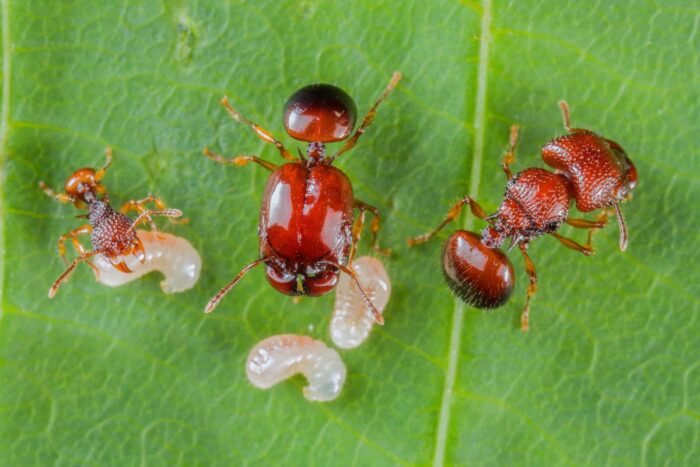
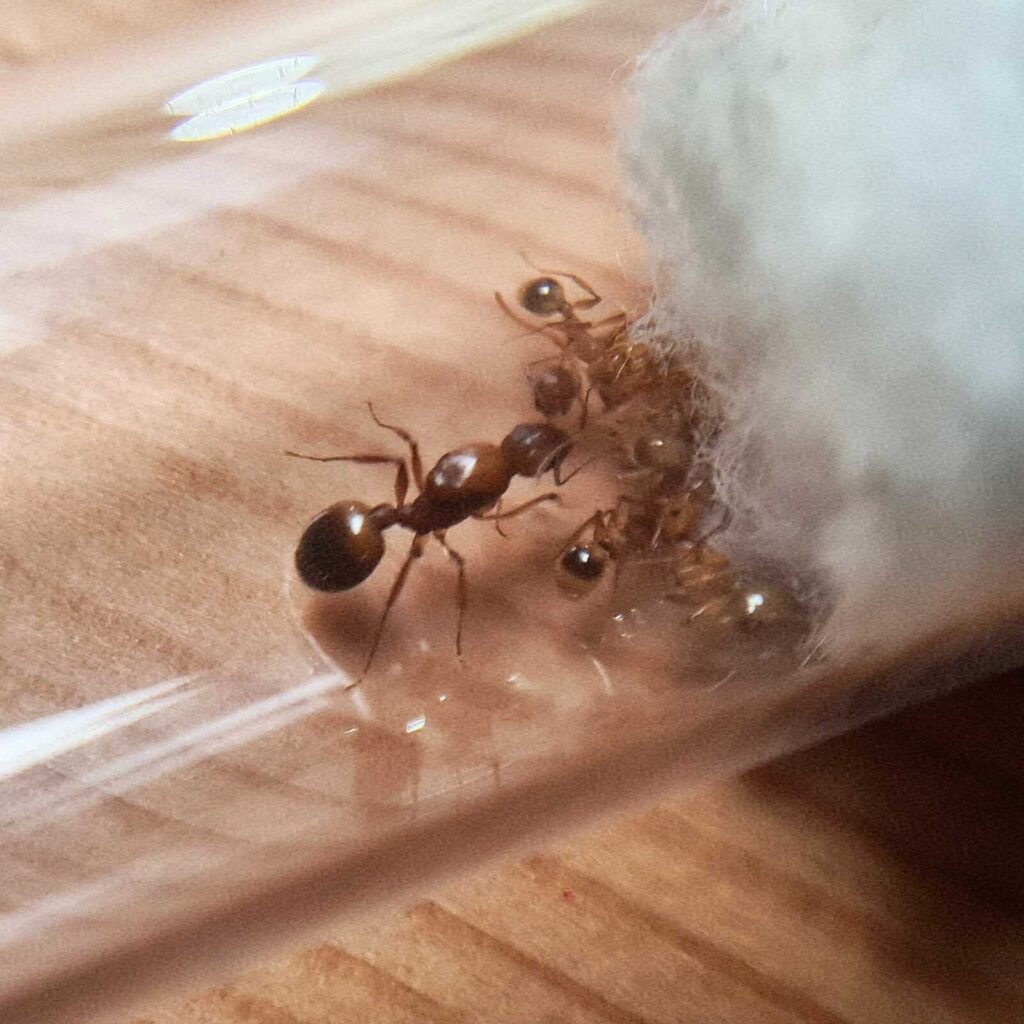



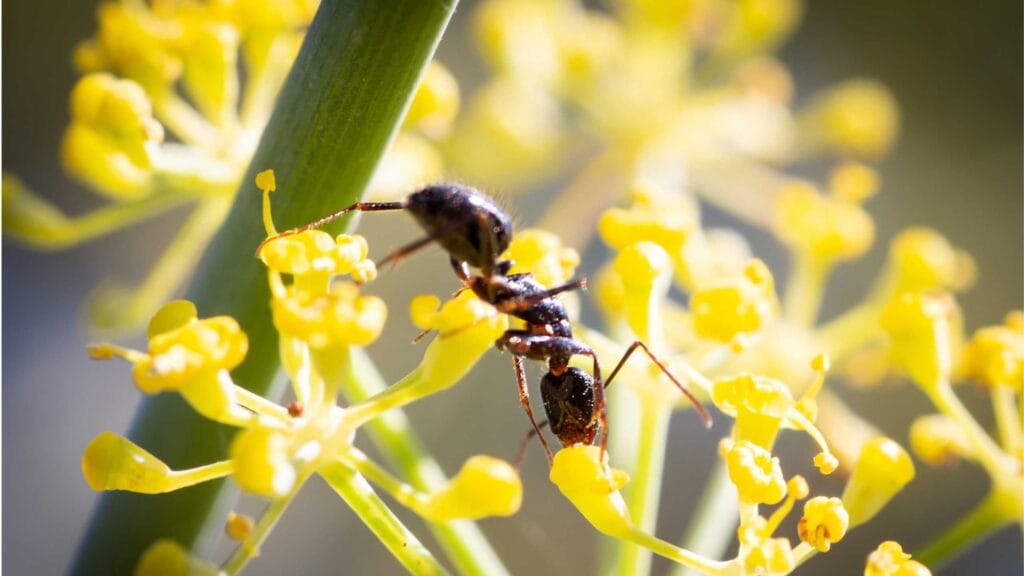

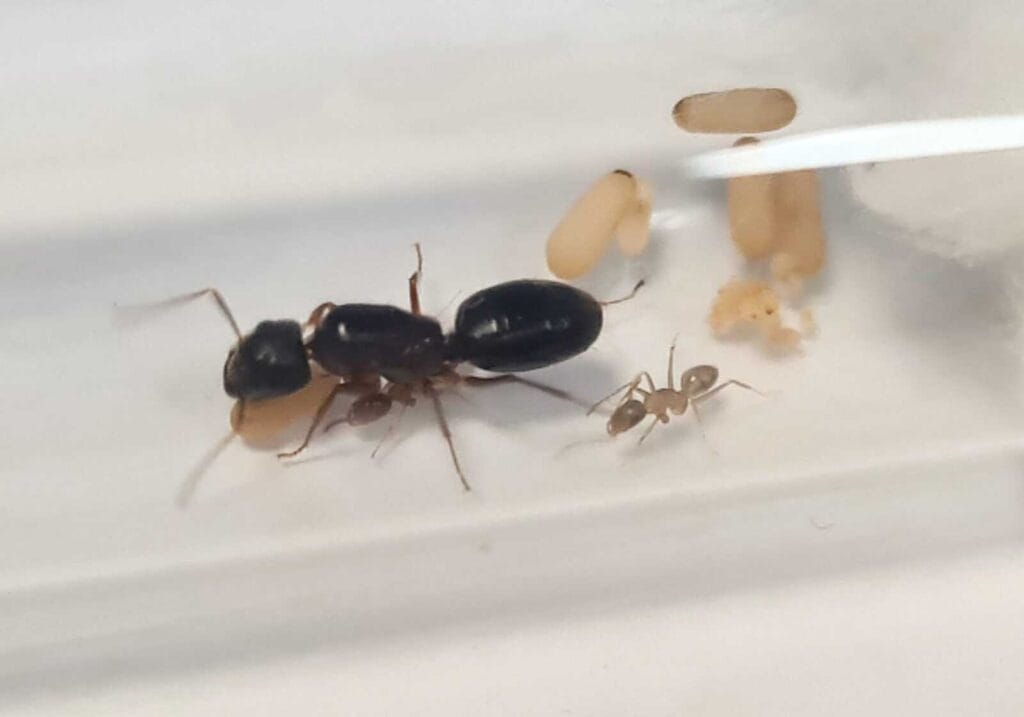


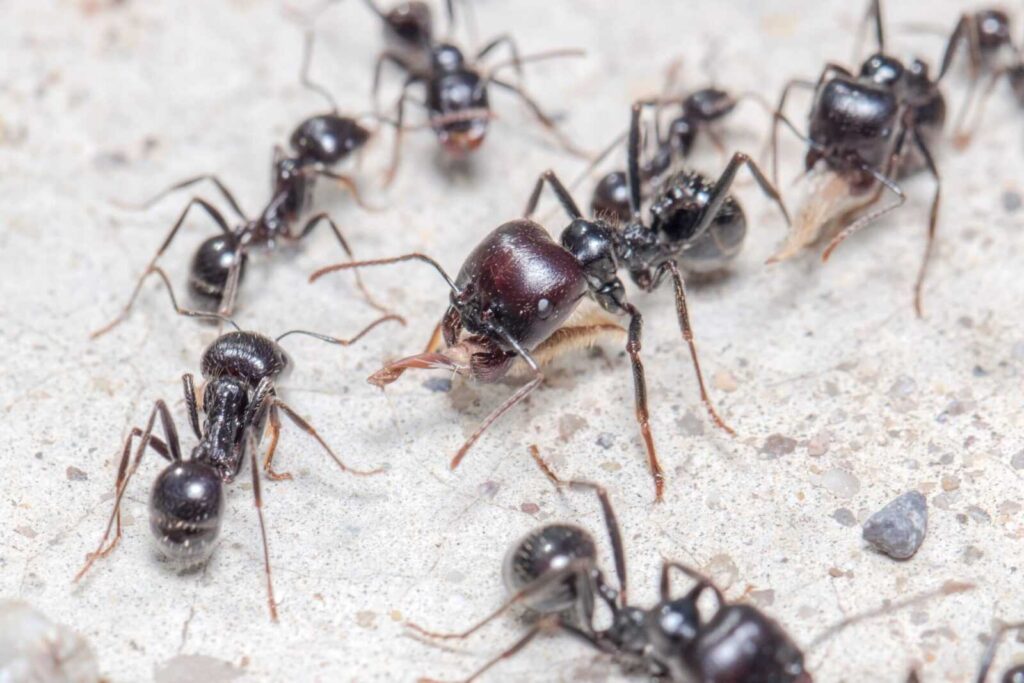
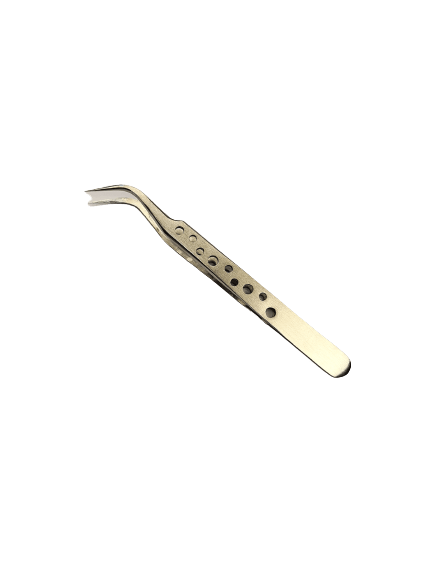


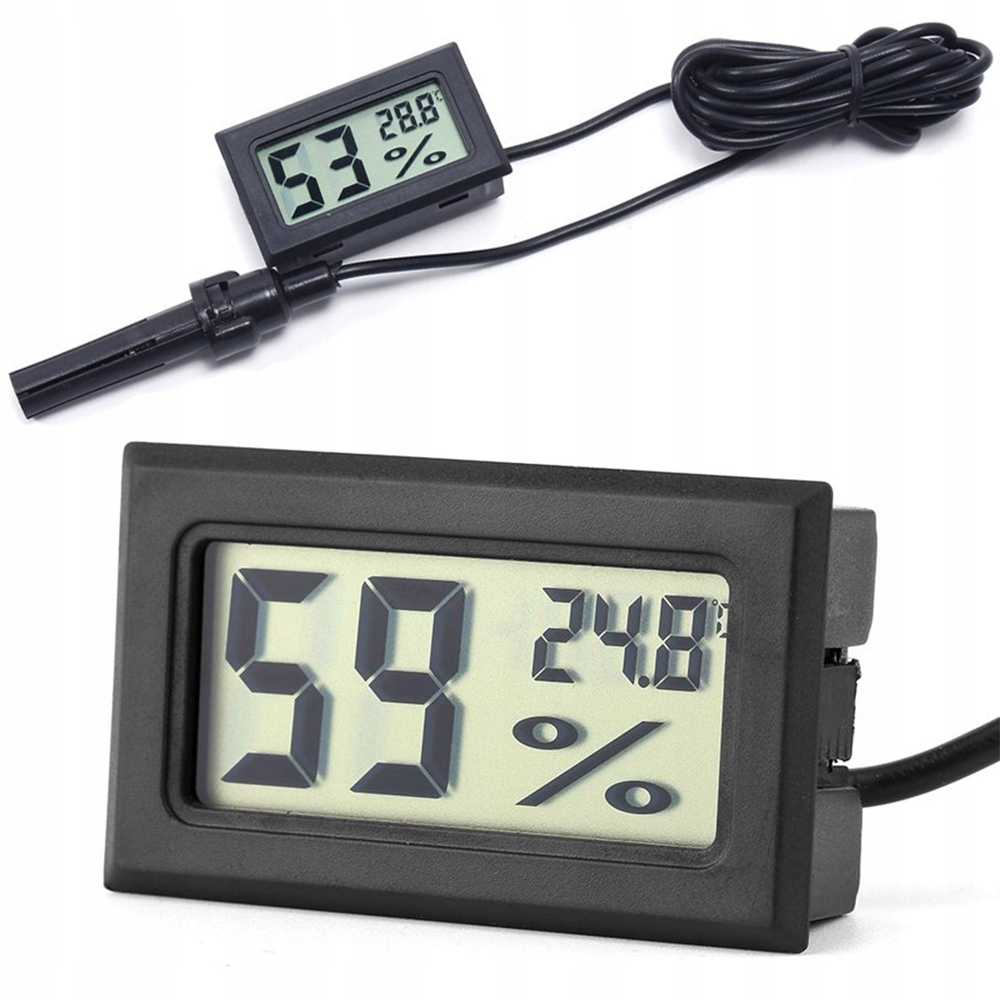
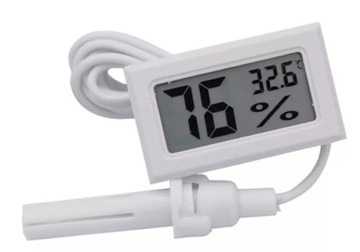
Reviews
Clear filtersThere are no reviews yet.